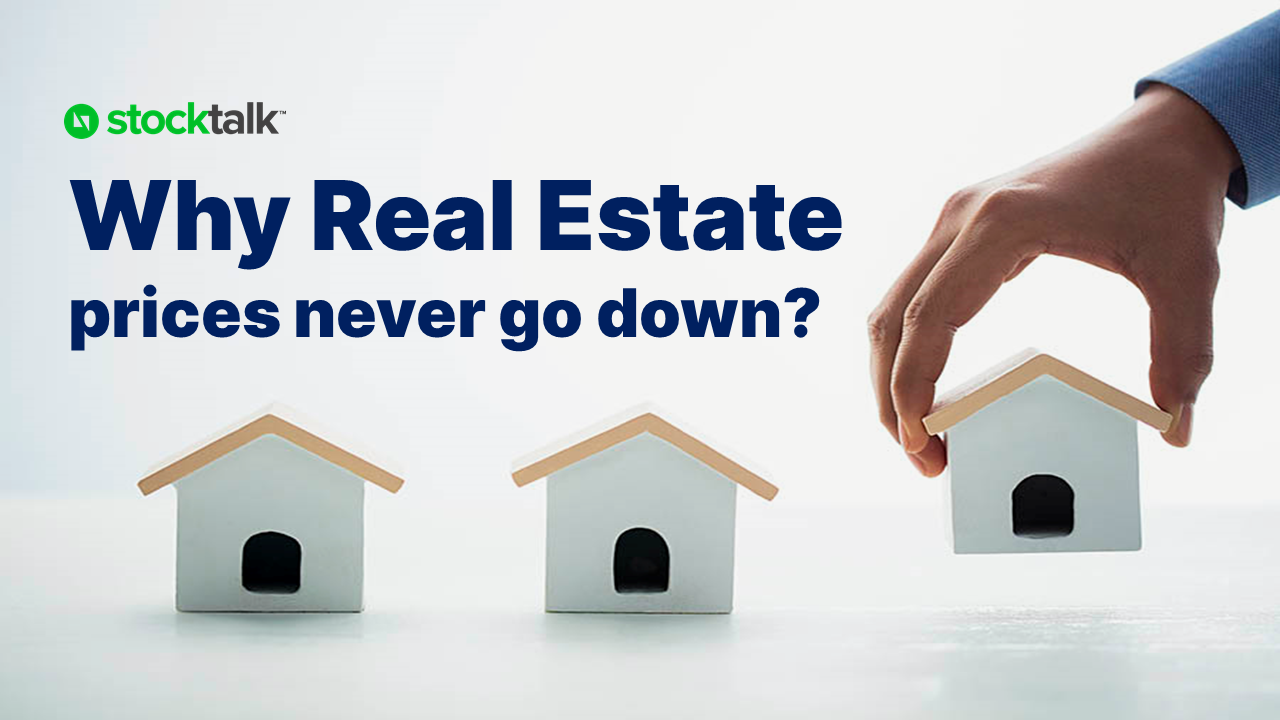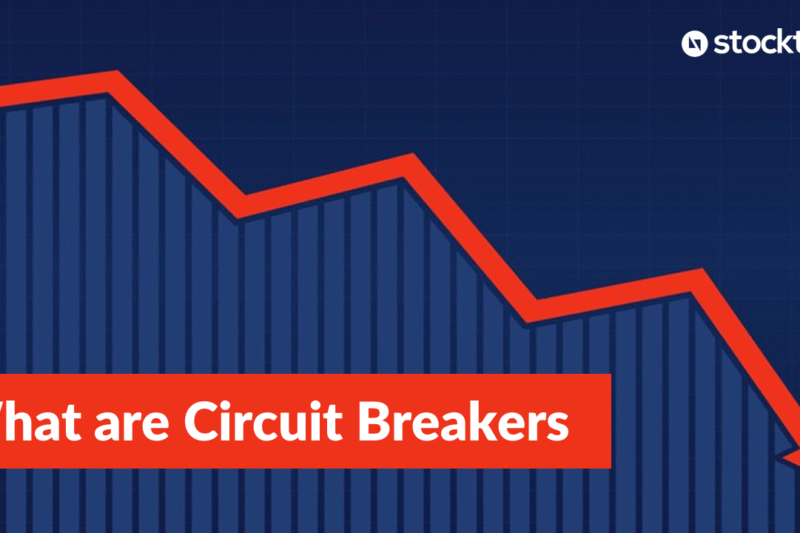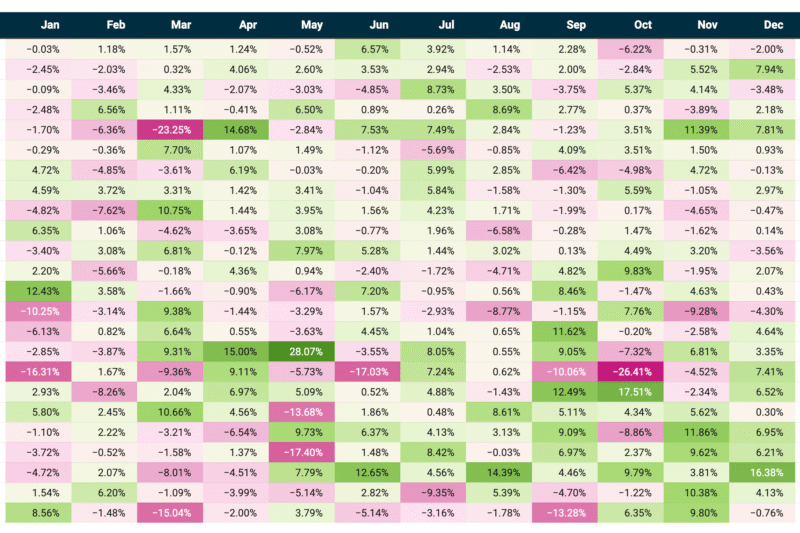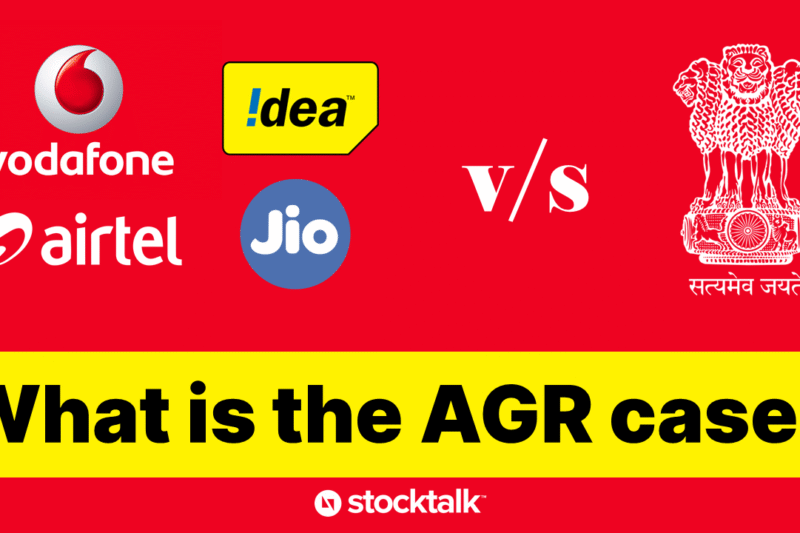Introduction
Real estate is a highly leveraged market. Now that’s a pretty complex sounding statement to start an article with. Worry not, let’s break it down and as usual try to keep things as simple as possible. By now you must have heard it from everyone (read your family members) that real estate is the safest investment one can make as the prices of properties never go down. What is the magical reason behind this? Well, in one word, the answer is “Leverage”. Let’s dive in to understand it in detail.
What is Leverage?
The word “leverage” is derived from the word “lever”. What is a lever? A lever is any system or machine that helps you lift or move around heavy objects easily using the least physical effort. We have all studied this definition in our secondary school science.
How does it relate here? Well, its deeply related. Just read on to understand. Check the image below.
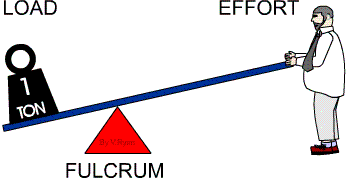
he help of a lever, the man is able to easily lift 1 ton of weight using bare minimum effort, which otherwise would have taken him a lot of effort to lift the weight directly. The force derived from such a system is called “leverage”.
Components of the leverage system (version: high school science)
- Operator: the man
- Lever: the metal plank on which the weight is kept
- Fulcrum: the triangular base that provides support to the lever
- Load: the 1 ton weight
- Effort: a little push down by one hand
Yes, don’t worry you’re still reading the correct article related to real estate prices. Going ahead, now that you understand the lever system, let’s quickly extrapolate it with the thing that matters to us – real estate.
Real Estate and Leverage
In the above example, let’s replace a few things as below:
Components of the leverage system (version: real estate)
- Operator: the home buyer
- Leverage: the home loan
- Fulcrum: the bank
- Load: the total cost of home
- Effort: the small down payment
Getting it? See how using the same leverage system as above, an average home buyer is able to buy a home that costs crores of rupees by using just a portion of that total cost. That’s leverage at work in the real estate market.
That’s it! We’re done with the most difficult part of the equation. So now you see how high school maths and physics is everywhere, it’s just that we are not aware of it.
The hidden by-product
When using a leveraged system, there is always a hidden by-product. In the first example above, the by-product was the heat generated at the fulcrum due to its constant friction with the lever. The fulcrum has to be cooled by either a regular supply of water or air.
In the second example above, the by-product is the “interest” generated by the home loan issued by the bank. Just like the physical fulcrum has to be cooled down, the bank here too has to be cooled down by regular supply of monthly EMI payments.
Real estate is a highly leveraged market
Why is real estate a highly leveraged market? That is because, most of the buying transactions are done with the help of a loan. And in most cases, this loan accounts to more than 80% of the contribution towards the total property cost.
Now after 550 words, we finally know the meaning of the very first sentence of this article. Let’s proceed further.
Understanding the Home Loan
Let’s assume you are 30 years old and you want to buy a nice home at the city center. The cost of the home is ₹1 crore. You have saved ₹20 lakh (20%) towards your home goal. You approach a bank and apply for a home loan of ₹80 lakh (80%). After completing a few checks on your documentation, the bank happily approves your loan application. Below are the details:
- Cost of home: ₹1 crore
- Down payment: ₹20 lakh
- Loan amount: ₹80 lakh
- Rate of interest: 8%
- Loan tenure: 20 years
- Monthly EMI: ₹67,000
At the end of 20 years, you would have paid a total of ₹1.60 crore (₹80 lakh principal + ₹80 lakh interest) towards the loan. That is almost double the cost. Now despite knowing this, you still happily sign on the loan offer document. Why? Because you’ll be fulfilling your dream of living in your own happy home as you pay for it slowly for the next 20 years.
Some might argue that this is not a good deal and that one could wait for few more years and buy a home with 100% down payment or with a reduced loan amount. This is a subjective matter as it involves the factor of emotional value. For one person, owning a home at 50 years of age with 100% down payment will give immense satisfaction while for another person owning a home at 30 years of age and living in it while paying off its loan gradually will be of utmost satisfaction.
The Future Value
Let’s continue our story further. Now that you have bought a home and living happily in it, all’s going well. You’re content with your life and you’re proud to own a home worth ₹1 crore.
Now comes the most important part. At the time of purchase, your home was worth ₹1 crore but since it’s located at a prime location in city center, you also expect the value of your home to increase over time. Let’s say you expect an appreciation of 6% annually. So in the next 5 years, you expect the value of your home to be ₹1.33 crore. You’re now even more happier thinking about the “future value” of your home.
The Market Slowdown
Two years down the line, there is a general slowdown in the economy due to some reason. Let’s say the reason was the monsoon season that was particularly bad and the financial markets suffered due to it. Like all other industries, real estate industry also takes a hit as there is no demand for buying new homes.
Now the real estate developers and builders face a big dilemma. They have 2 options in front of them:
- Hold on to their unsold projects without reducing prices
- Lower the prices and start selling off the available projects
The builder’s dilemma
As we know, the real estate developers have 2 options to choose from. In 99% of the cases, developers go with option 1 – holding on to their unsold projects without reducing prices with the hope that the economy and markets will recover sooner or later and there will be demand in real estate again. This option is a long shot for them as the economy could take anywhere from 3, 5 or even 10 years to recover. In the meanwhile, they face the risk of going bankrupt due to liquidity crunch and halted projects.
Option 2 on the other hand is the easy one. Just lower the prices, offer some good discounts and the home buyers will come running. Of course, the profit margins will be lesser but at least they won’t have to wait indefinitely for the economy to recover and risk their own bankruptcy.
Why real estate prices never go down?
If you’re one those lazy readers, who has just scrolled down directly to this section to read the answer then I must say you’re missing out on the most interesting part of the story. Read it from the beginning to understand it in detail. Others who have been reading from the beginning, good job! Let’s continue our story.
Now you may wonder, if the options are so obvious then why don’t the builders simply choose option 2? They should just lower the property rates and it’s a win-win for everyone. Builders get their projects sold, new home buyers get a good discount and everyone is happy. It’s a no brainer! Isn’t it? Well, not really!
For a moment, let’s assume the builders do choose option 2 and reduce the rates. You know who would be the unhappiest of them and who would suffer the most in such a case? It’s none other than YOU!
Just imagine, your builder has lowered the rates and the unsold home (exactly like yours) on your floor is now available at a cheaper price! The same home that cost ₹1 crore just a couple of years ago is now available for ₹80 lakh (20% discount). Obviously enough, the value of your home is automatically reduced since it’s in the same building!
Now, you’re sitting there fuming and thinking! I bought this home for ₹1 crore just 2 years back and if I decide to sell it off, I’ll get back just ₹80 lakh? That’s totally unfair. Heck, that’s my total loan amount!
Here’s the game changer. So essentially you’re now paying an EMI towards your home which you bought for ₹1 crore but now costs ₹80 lakh. You totally lose your mind over this. But since you’re a good law abiding citizen of this nation, you continue to pay off your EMIs.
Now consider 1000’s of other people who are in a similar situation as you. Majority of them will lose the natural incentive to pay off their loans towards something that costs 20% less than what they bought it for. What do they do next? Well, some of them will stop paying off their EMI’s and opt for a voluntary bank default. As this news breaks in the market, others who can still afford to pay off their EMI’s will skip paying for few months. As this news continues to spread further to nearby cities, then districts and then the states, more and more people start defaulting on their EMI’s and decide to have their homes invoked by the banks. The banks in turn start facing business issues as their regular monthly payments are stopped. The fulcrum gets overheated (remember the correlation above) and you know what happens after something is overheated.
This triggers a massive downward spiral pushing the economy into a further turmoil. Option 2 was supposed to provide a quick and easy relief to all the parties involved but now it has turned out to be a disaster. In such a situation, the Government and our central bank, The Reserve Bank of India has to intervene and provide a bailout package to everyone involved – the builders, the banks, the people, etc. This is the last thing the Government wants or for that matter, anyone wants.
So to avoid all of these disastrous consequences, option 1 is chosen every single time and the real estate rates are not allowed to fall. Governments put all sorts of regulatory guidelines like ready reckoner rates, RERA rules, etc. to avoid something like this from happening in the first place.
Option 1 is the most difficult for only one party – the builders. But option 2 is the most difficult one for everyone involved – banks, people, government. So in order to contain the impact and avoid a trigger, option 1 is upheld every time. Even if the builders are willing to lower the rates, the economic system is set in such a way that they simply cannot. That is also the reason why you hear of many builders going bankrupt. It’s their way of upholding the real estate rates at the cost of their own solvency!
Finally, why is leverage to be blamed for all this? Well, that is because such a trigger to crash the entire market is possible only in a market that is highly dependent on leverage. In other markets like FMCG, most of the buying transactions are settled in full and there is no underlying leverage that can trigger such a knee-jerk reaction.
Fun Fact: The above scenario is exactly what happened in the US housing bubble crash. Banks issued cheap home loans to people without checking on their repayment abilities. Once there was a market slowdown in real estate, people started skipping their EMIs and the entire real estate market collapsed like a house of cards! What was the end result you may ask? The end result was – The Great Recession of 2008!
Conclusion
Now you exactly know why real estate prices never fall down and always keep going up. So the next time some one tells you that real estate is the best investment, just ask them why! Go on and share your new found knowledge.

